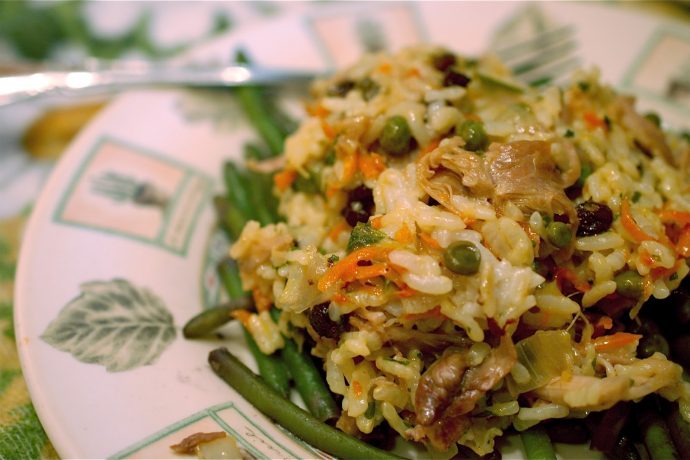Did you know that 75 percent of women suffer from candidiasis in a lifetime? What’s more, the numbers are rising…
The reason is present-day food. Shoppers buy products but aren’t aware of the actual contents.
Beef, raspberries, bananas… You’d be surprised. With candida recipes you can avert the dangers.”
Unfortunately, while sufferers of yeast infection are buying pharmaceuticals, they don’t recognize that the problem is really with their diet habits. The products will remedy the condition for a while, but they don’t heal as deep as what’s required.
Everyone desires a healthy existence. Well, the one sure-fire way for that is to eat a healthy diet. And to be honest with you, it’s a basic requirement of a healthy life No level of medicine will heal you if your diet isn’t in balance.
When scheming a candida recipe it’s arguably (and quite evidently) important to know what foods don’t contain yeast. Because of this, I have noted below a group of everyday foods where you will discover yeast in droves. You will likely be aware of some, but there may be 1 or 2 you have never considered. Just know that this is the first safe step to take when designing a yeast-free diet.
Foods to Pass Over:
Bread Based Items —
Unfortunately, The bulk of breads are made using yeast. You can encounter yeast-free bread at health food stores but expect to pay a premium. You should steer clear of item of food that comes under the bread category. This includes rolls, bagels and a few, not all cakes.
Items that have come from sugar —
Sorry, sugar really has to leave your diet when you have a problem with yeast Hold your eyes from checkout sweets at the supermarket for a while.
Fruits —
Of course, since we were young we’ve had it drilled into us that we should eat more fruit – 5 a day no less! Most people don’t manage five a day, and if you are someone who isn’t very fond of them, it’s your lucky day! You should not be eating fruit when you have a yeast infection. But why?
– While fruits are high in fiber (good thing) they are swiftly converted into simple sugars within the digestive tract – supporting the development of candida albicans.
– The skin of many fruits, for example grapes and plums, contain yeast.
Vegetables —
Vegetables should be a staple in your diet when you’re completely fit, and even more so when you have yeast disease. But, there is one vegetable that you should leave from your dinner plate:
– The Mushroom
Many Alcoholic Beverages —
For a minimum of 4 weeks I advocate that you don’t drink any alcoholic beverages. Liquids that contain alcohol also contain… look for it… sugar!
Foods You Can Consume:
The most effective diet to employ for yeast infection is known as a ‘high complex carbohydrate diet’. I urge you to form a commitment in eating these foods for a month before abandoning the diet. This is because you need to give it some effort before anything happens. Obviously, if you are feeling improved don’t change the diet! (And don’t over-indulge once you go back to your former foods.) As a rule of thumb, identify how much protein you consume per day (meat), and concentrate highly on consuming vegetables! This is a high-veg diet.
Yogurt —
Enusre you only buy yogurts with good bacteria. Other Recommendations:
– Quinoa porridge – RyVita crisp breads
Veg —
I highly suggest that you write down a nice big list of vegetables to buy – especially for the first 4 weeks of this diet. You really can’t eat enough vegetables. Another tip – Eat most vegetables uncooked. I say this because by cooking vegetables you’re losing invaluable enzymes.
– Garlic – No matter whether you don’t like the smell of garlics. If you have yeast infection, you need them. Period. Yes, they can reward you with terrible breath, but chopped up they go lovely in a bowl of soup.
– Onion – Onions are antifungal and provide sulphur which assists to control yeast levels.
Herbs —
I think everybody should have a herb garden myself. They are fun to grow, fun to eat and most definitely good for you.
– Basil – Basil has antifungal qualities that make it a perfect natural antidote for yeast infection.
– Oregano – These leaves are used to season meals and add a sharp punch to your food.
Meat —
Fish, poultry and anything similar. Consume only locally grown meat, with no contamination.






